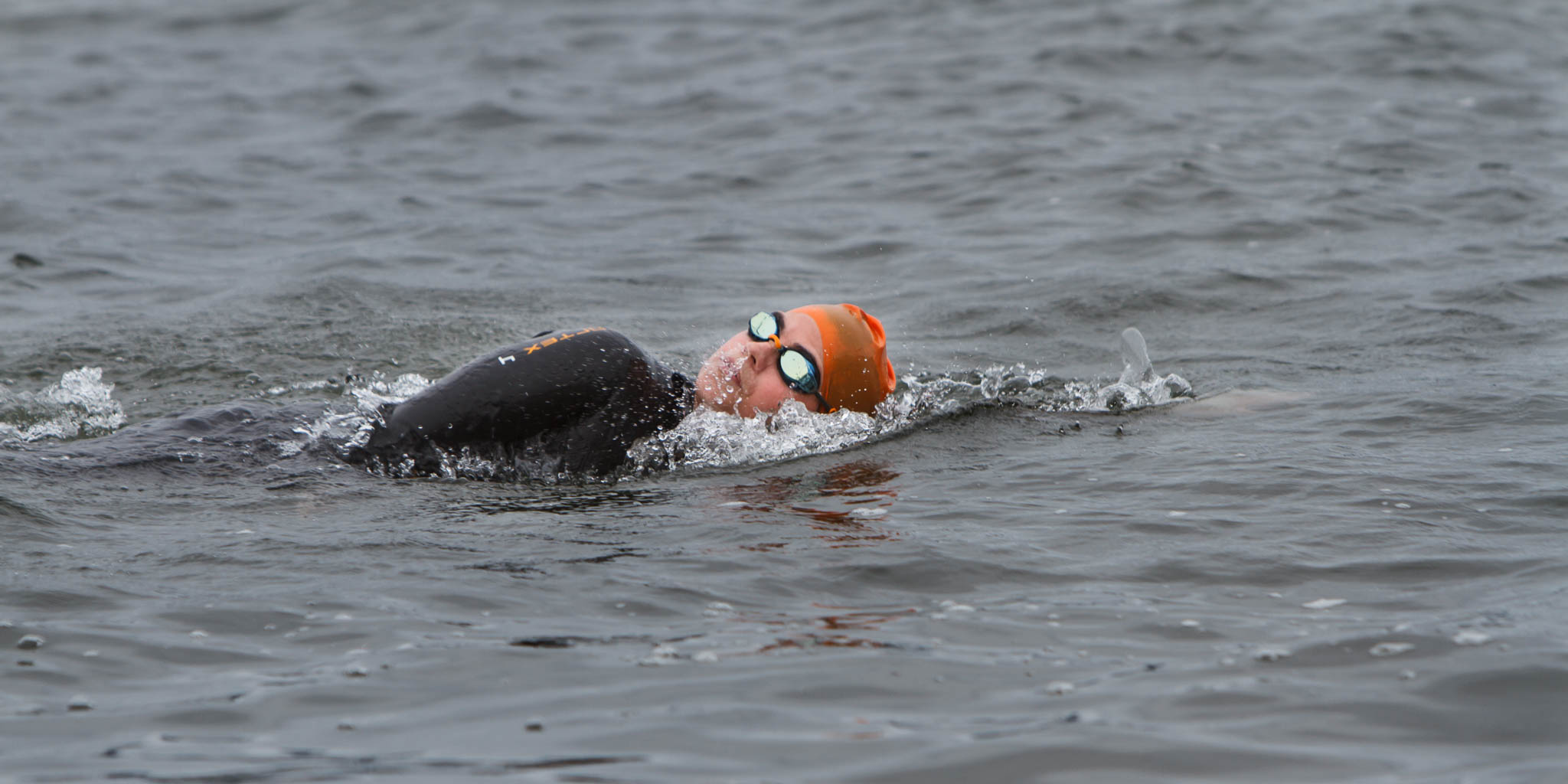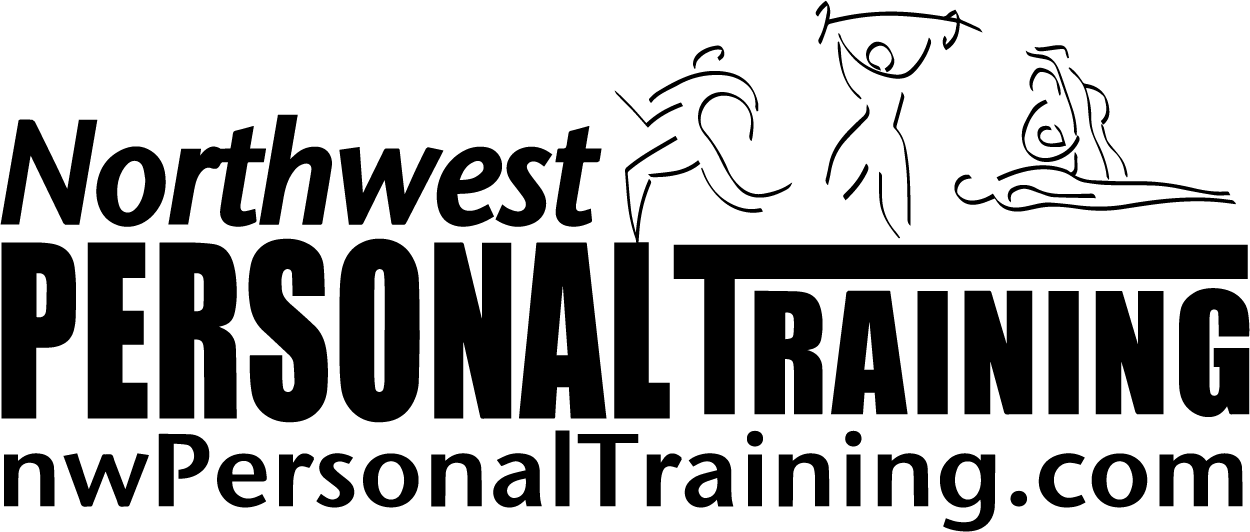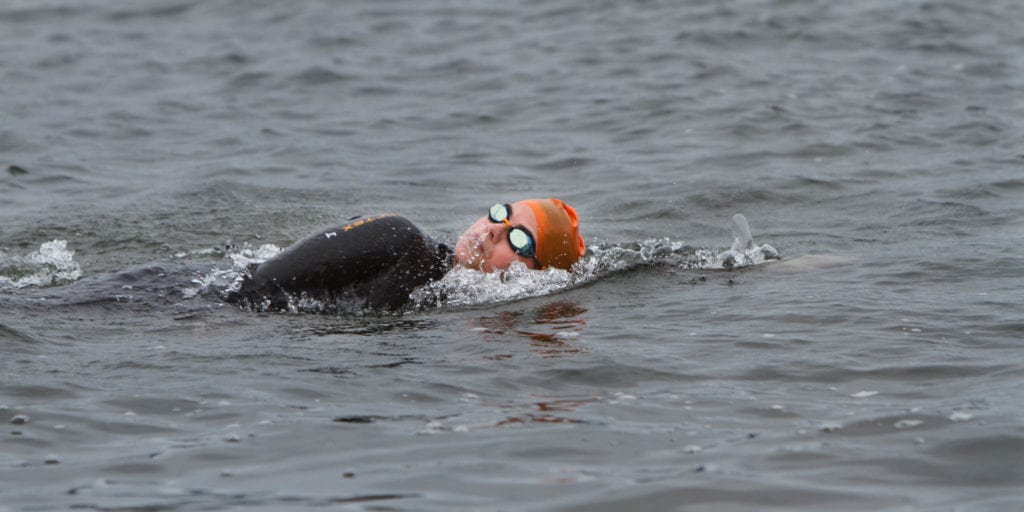 There are days here in the Pacific Northwest where the temperatures will get up into the upper 80s and 90s. Many of us in the Northwest aren’t used to this kind of heat and it can cause some serious health concerns especially when we are talking about exercising in the heat.
There are days here in the Pacific Northwest where the temperatures will get up into the upper 80s and 90s. Many of us in the Northwest aren’t used to this kind of heat and it can cause some serious health concerns especially when we are talking about exercising in the heat.
Heat illness can occur in exercisers whose body heat exceeds its ability to cool down.
Heat exhaustion is a form of heat illness that is characterized by the inability to continue exercise, headache, fatigue, chills, nausea and confusion. It can be treated by stopping exercise, getting out of the heat and, if a person is coherent and not vomiting, by drinking rehydrating fluids. Intravenous administration of a dextrose or saline solution is often used in Ironman races and other ultra-distance events and can help facilitate recovery. Some athletes suffering from heat exhaustion have been known to require up to 4 liters of intravenous fluid!
Heat stroke, a more serious form of heat illness requiring medical attention, is characterized by confusion, central nervous system dysfunction and a body temperature over 104 degrees.
It is treated aggressively by immersing the victim in cold water or by applying ice packs over the neck, armpits and groin region. It’s important if you or a friend are experiencing any of these symptoms that emergency medical services are called.
Don’t forget to sign up to automatically receive my latest blog posts…..right up here!
Far better than treating heat illness is to avoid it altogether. Here’s some tips to keep you healthy and fit in the heat:
- Drink plenty of hydrating fluids before, during, and after exercise. The American College of Sports Medicine encourages exercisers to consume approximately five to 10 ounces of fluid every 15 minutes during workouts (that’s equivalent to about 3-5 big gulps of water). Throwing water over your head will also help keep you cool but don’t sacrifice water going in your body for water going over your body. A good indicator of adequate hydration levels is clear urine.
- Wear breathable clothing that will help wick away moisture helping in the evaporation process and keeping you cool. Wear a sun visor and sunglasses to shelter you from the sun.
- Try not to exercise in the heat of the day. If you can’t live without your lunch workout and the thermometer is reading dangerous, opt for a swim, cycle, kayak or indoor session.
- Back off on your pace. Listen to your body which is working overtime to manage the heat. You may not be able to achieve your normal speed at the same effort so just relax and take it as a moderate or easy day.
- Be sure that you’re rested and well-fed. If you’re tired and hungry, the effect of the heat will be much greater.
Yours in Health & Fitness,
Sherri McMillan


